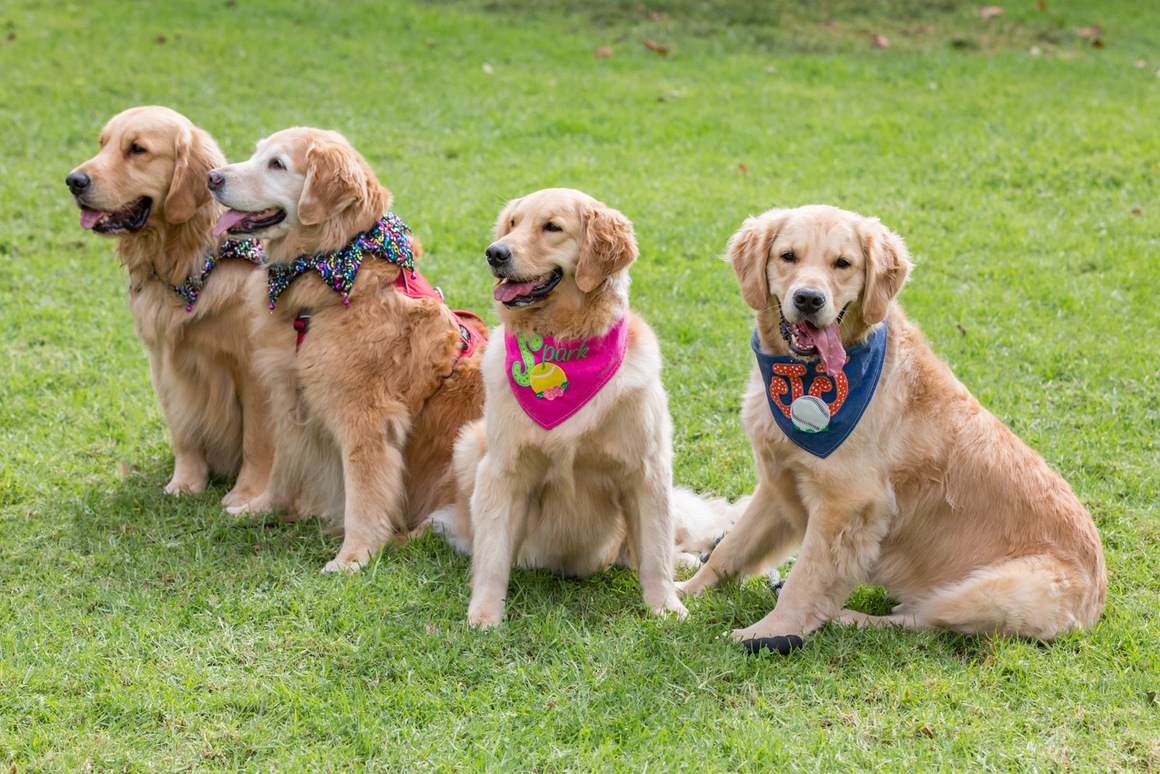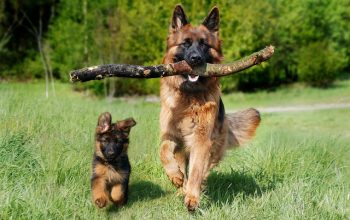How does positive reinforcement training contribute to building a strong connection between dog and owner?
Training your dog is crucial to their well-being and your relationship with them. Positive reinforcement training techniques focus on rewarding desirable behavior rather than punishing undesirable behavior. It creates a positive and mutually respectful bond between you and your furry friend.
The Power of Positive Reinforcement
Positive reinforcement training uses rewards, such as treats, praise, or playtime, to reinforce good behavior. This method helps dogs associate positive actions with positive outcomes, making them more likely to repeat those behaviors. It increases their confidence, reduces stress, and develops a trusting relationship.
Steps to Implement Positive Reinforcement Training
-
- Identify desirable behavior: Determine the specific actions you want to encourage in your dog, such as sitting, staying, or walking calmly on a leash.
-
- Choose rewards: Find out what motivates your dog. It could be their favorite treat, a belly rub, or a game of fetch.
-
- Timing is vital: Deliver rewards immediately after your dog exhibits the desired behavior. This reinforces the connection between the action and the reward in their mind.
-
- Consistency is key: Be consistent with your rewards and cues to prevent confusion. Dogs thrive on routine and clear communication.
-
- Be patient and positive: Training takes time and patience. Use a calm and encouraging tone, and avoid punishment, as it can damage the trust you’ve built.
-
- Gradually increase difficulty: Once your dog understands basic commands, progressively challenge them with more complex tasks. This helps keep their minds engaged and their skills sharp.
Benefits of Positive Reinforcement Training
Positive reinforcement training has numerous advantages:
-
- Strong connection: By using treats and praise, you build a bond with your dog based on mutual trust and respect.
-
- Improved behavior: Encouraging positive actions helps curb unwanted behaviors, such as biting, excessive barking, or jumping on people.
-
- Better mental well-being: Stimulating your dog’s mind through training exercises prevents boredom and separation anxiety.
-
- Increase in confidence: When a dog successfully learns a new command or trick, their self-confidence and overall happiness improve.
-
- Enhanced safety: Dogs trained using positive reinforcement techniques are less likely to engage in aggressive or dangerous behavior, ensuring their safety and the safety of others.
“Positive reinforcement is the key to a harmonious partnership with your dog.”
– Dog Trainer, Jane Smith
Conclusion
Positive reinforcement training is a gentle and effective approach to building a strong connection with your dog. By emphasizing rewards, consistency, and patience, you can teach your dog desired behaviors while nurturing a loving and respectful relationship. Remember, training should be fun and engaging for both you and your loyal companion!
One of the best ways to build a strong relationship with your dog and ensure that they respond correctly to commands is through the use of positive reinforcement training. This type of training focuses on providing your dog with rewards and praise when they complete a desired behavior, rather than punishing or scolding them for making a mistake. This type of training can be beneficial for both the dog and the owner; for the dog, it can improve their overall obedience and make learning new behaviors easier, and for the owner, it can help to build a trusting and loving connection with their pet.
At its core, positive reinforcement training is all about providing reinforcement to your dog whenever they do something that you want. This reinforcement could be a simple pat on the head or providing them with a treat. It’s important to remember that the point of positive reinforcement training is to reward the foundation of a desired behavior and not to reward the actual behavior itself. Rewards should be provided as soon as possible after the desired behavior is displayed, as this helps to strengthen the connection in the dog’s mind between the desired behavior and the reward that follows.
Positive reinforcement training is not only beneficial for building a strong connection with your dog but is also very practical and effective when it comes to teaching your dog new behaviors. Studies have shown that this type of training is the most successful when it comes to teaching dogs new behaviors and commands. It can also be used to help stop behaviors that you don’t want your dog to do, such as barking excessively.
When using positive reinforcement training, it’s important to create a consistent routine that rewards the dog for showing good behavior. This will help the dog understand what is expected of them and which behaviors are “right” and which are “wrong”. It’s also important to ensure that the rewards given to the dog are tailored to what they enjoy; for example, some dogs may enjoy treats and snacks, whereas, others may prefer a simple game of fetch or tug-of-war.
Overall, positive reinforcement training is a great way to build a strong connection with your dog and to teach them new behaviors. It can also be very useful in helping to discourage unwanted behaviors. This type of training encourages positive behavior and helps to create a trusting relationship between you and your pet. With the right training and rewards, you can help your dog reach the perfect balance of obedience and joy.





